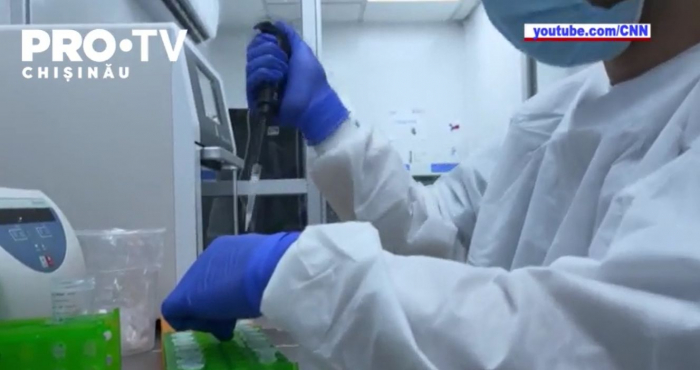The peculiar shape of theGalaxy Car Wheel” draws attention, and now scientists have more information about the stellar cluster. The new images released this Tuesday, 2, by Nasa, the United States aerospace agency, show the changes that have taken place in the galaxy over billions of years and indicate what it will look like in the future. This is yet another unprecedented space telescope record. James Webb.
The images indicate that the “Galaxy Wheel by Car” is in a transition process. Once a spiral galaxy like the Milky Way, it emerged from a high-speed collision with a smaller one, which transformed its shapes and structures. It now sports two rings that expand outward from the collision center and a black hole, and it should continue to change.
About 500 million light-years from Terra, the “Wheel of Chariot” is located in the constellation Sculptor and receives from astronomers the definition of a ring galaxy, which is less common than spirals. At its core is a lot of hot dust, and in the brightest areas of the image are clusters of young stars. In the outer ring, new stars form as it expands.
Until now, the large amount of dust made it difficult to perceive details of the galaxy. Therefore, records such as those made by the telescope Hubble were unable to obtain more in-depth analyses. The differential of the James Webb space telescope, launched at the end of last year and which is part of an international program led by NASA in partnership with the European Space Agency (ESA) and the Canadian Space Agency, is its ability to detect infrared light. With the equipment called the Near-Infrared Camera (NIRCam), it is possible to see more stars, which are not so hidden by space dust.
For specialists, the dissemination of images captured by James Webb inaugurates a new era of Astronomy and shows the observatory’s potential to help answer some of the mysteries of Physics and Biology, in addition to encouraging other large-scale missions.
–


